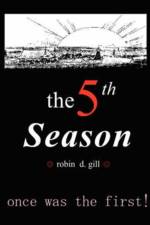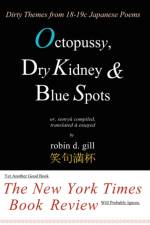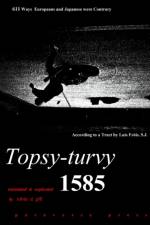av Robin D Gill
279
Robin D. Gill, author of seven books in Japanese, is best known in the English-speaking world for thematic books of translated Japanese poetry. From Rise, Ye Sea Slugs! (haiku) to The Woman Without a Hole (senryu) and, most recently, Mad In Translation (kyoka), he developed multiple readings to prevent or compensate for loss of wit and style in translation between exotic tongues. Readings varying far enough from the original to become separate poems came to be called "paraverses." Readings combined into a single cluster to English Japanese poems of Joycean density untranslatable as single poems came to be called "composite translations." While this book essays the translation of poetry and glances at other books of multiple translation, it is mostly an exhibition of the art not only intended for serious students or scholars of translation but all word-lovers. While the author hates "how to" books, writing the last chapter, he came to realize that not only translators, but monolingual readers who find it hard to compose poems or do not know how to get other people to do so, might find it instructive. He dreams of millions of people working out their own poems - or variations on others' work - rather than crossword puzzles. A crossword solved ends up in the trash; with a poem, you can have your cake and not only eat it, too, but serve it up for others to eat. Any major newspaper or magazine editor with brains who reads this book should be able to figure out how to make that a reality. A DOLPHIN has 8 punning pictures by Thomas Hood (1799-1845), and no index but a dual Table of Contents, one ordinal and one categorical. The main title is part of a phrase from Horace who warned those who played with words and variation in translation to take care lest they end up with a dolphin in the woods and a boar in the flood (delphinum sylvis appingit, fluctibus aprum). Sample of ORDINAL Table of Contents: 01 The Way of Ways, or count the ways to translate the first 6 characters of the Tao-Te-Ching. 02 Rise, Ye Sea Slugs! or the miraculous birth of elegant composite translation clusters. 03 "Still to be neat," "The Essay on Man" and other challenges for metaphysical paraverse. 04 God without turns demon within, or how aphorisms may be multiplied to no end. Sample of CATEGORICAL Table: I Multiple Translations: Watts/Tao-Te-Ching; Sato/Basho's Frog; Mostow/100-poets, Hofstadter/Le Ton Beau de Marot, Weinberger/Nineteen Ways ch. 1, 5, 9, 13, 17. & my own 20, 21, 22."







